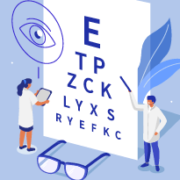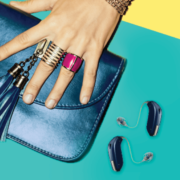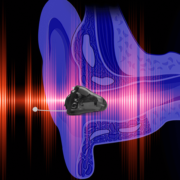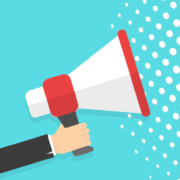4 Reasons to Keep Your Hearing and Vision in Check
We all know that eyes and ears play a huge role in helping people (and animals!) experience life’s adventures. Seeing and hearing the people, places, and moments that matter will create wonderful, lasting memories.
But did you know that seeing and hearing are connected? Here are four reasons to schedule regular checkups for hearing and vision to benefit your overall health and wellness:
- Hearing actually enhances the sense of sight, according to a UCLA study, with both working to help you perceive and participate in the world around you. In the study, which ran participants through a series of trials to correctly identify the direction in which a display of dots was moving, hearing the direction in which the dots were traveling enhanced participants’ ability to see the direction.
- Visually impaired older adults are more likely to also experience hearing loss, per a study published in the medical journal JAMA Ophthalmology. Researchers investigating links between age-related vision and hearing problems discovered, even after taking age into account, that the two conditions were linked, with “a cumulative effect on function and well-being, significantly affecting both physical and mental domains.”
- Vision and hearing loss go hand in hand with cognitive decline, per research showing that each condition is somehow connected to reduced mental functioning over time. One study, referenced in a news article, found that participants with the most profound vision impairment had the lowest average scores on cognition tests. And seniors with hearing loss may experience significantly reduced cognitive function at least three years before their peers who do not have hearing loss.
- Healthy eyes and ears — along with joints, muscles, and brain — help keep you steady on your feet, reducing your risk of falling. It’s pretty obvious that seeing your best helps you stay upright, but many people do not realize that the inner ear also plays an important role in maintaining balance. Conversely, untreated hearing loss may nearly triple your risk of falling, per a Johns Hopkins study.
Hearing and vision work together to help you live your best life, so remember to keep them both in top shape. Start with a hearing checkup by contacting us today!











 Proudly Canadian and Independently Owned and Operated
Proudly Canadian and Independently Owned and Operated 

